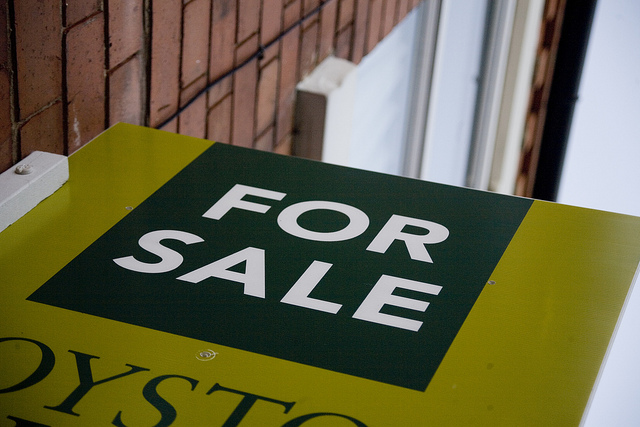How Do You Flip a Mid-Century Modern House Today? Very Carefully
 At this point it’s a well-established fact that the real estate market, especially in the Bay Area, is on fire. Tight inventory and booming demand have driven up prices at a rate that continues to outpace the rest of the country. And it should come as no surprise that house-flipping is back in a big way, especially in California. So what does that mean for mid-century modern homes, with their enduring appeal? We spoke with some experts to find out how house-flipping affects our niche.
At this point it’s a well-established fact that the real estate market, especially in the Bay Area, is on fire. Tight inventory and booming demand have driven up prices at a rate that continues to outpace the rest of the country. And it should come as no surprise that house-flipping is back in a big way, especially in California. So what does that mean for mid-century modern homes, with their enduring appeal? We spoke with some experts to find out how house-flipping affects our niche.
First, some numbers from the Wall Street Journal:
In California, the number of homes sold in recent months that had been flipped—or bought and resold within six months—has reached the highest levels since late 2005, according to PropertyRadar, a real-estate data firm. About 6,000 homes have been flipped in the state this year through April, or more than 5% of all homes sold statewide.
Flipping never really went away during the slump, but the practice changed to fit specific markets. “I have a partner with whom I’ve flipped about 40 properties over the last five years, all in Silicon Valley,” says Intero Real Estate’s Eric Boyenga. “Most of them were in the San Jose area because those were hit the hardest so they had the most room for upside.” Other parts of the Bay Area didn’t get hit as hard by the real estate crash, Boyenga said. That’s in part because tech didn’t lose as much money as other industries, and also because the housing stock didn’t expand as much as in the Sacramento and San Joaquin Valley.
At this point, with the market skyrocketing and inventory tighter than ever, “there’s nothing to flip,” Boyenga said. “In the [Santa Clara] Valley at least, where I work, really here to SF, there’s so little inventory that there’s no profit margin." That’s especially true for mid-century moderns. “The purists don’t care if they’re in bad condition or even original. They’re happy with them, whereas most buyers wouldn’t want something in original condition.”
Meanwhile, in the Sacramento area, flippers did more damage to the stock of mid-century modern homes, but that’s changing. “A good portion of them two to three years ago got purchased by investors who didn’t renovate them the right way,” said Steve Streng, a Sacramento realtor whose father founded the Streng company. “It’s the ones that don’t get it, that have an atrium and cover that up and put laminate floor all over the place,” that are the problem.
At the time, it was all about paying as little as possible for bank-owned properties, which investors would rehab at a bargain and rent out until they could flip them. But now that the market is getting back to normal and more people selling have been making payments and doing maintenance, “it seems people are starting to get it” about mid-century moderns.
That means more sellers, including flippers, are respecting the style, carrying out renovations that work with the mid-century modern look, and targeting a clientele that is specifically seeking mid-century modern homes. “With prices going up you can afford to pay a bit more and still sell for a return,” Streng says. “For a flipper, if 60 or 70 percent of the people who might buy their home, [mid-century modern] is all they want, and you go in there and you do things that aren’t true to their home, you’ve turned them off.”
The bottom line is that this is no longer a market in which you can make a quick buck off a foreclosed house. At least not as easily. And that’s good news for mid-century modern fans, because sellers understand the allure of the homes and keep them true to form. The downside is that in the Bay Area at least, you have to be darned lucky to even find one.
- ‹ previous
- 320 of 678
- next ›




